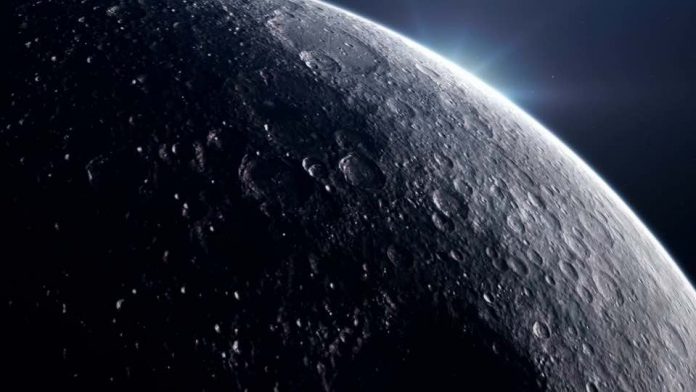Earth has a tiny new companion in its journey around the sun — at least for now.
The new “mini-moon” is an asteroid called 2020 CD3. It’s about 1.9 to 3.5 metres in diameter, roughly between the size of a cow and a hippopotamus.
This week, astronomers at the Catalina Sky Survey in Tucson, Arizona tweeted the news: an asteroid that NASA initially spotted on Feb. 15 has since been spotted 52 times. That means it’s likely caught up in Earth’s gravitational field and may qualify as a mini-moon.
No, it’s not a very catchy name. “The moon” obviously was taken. Besides, scientists say we shouldn’t get too attached to 2020 CD3 anyway.
While it’s currently twirling around our planet, 2020 CD3 is likely to tire of moon duties and get back to its regular gig, orbiting the sun. The thing is, this mini-moon has probably been hanging around for the last two or three years, according to researchers at the Catalina Sky Survey.
But with a diameter somewhere between 6 feet and 11 feet, it isn’t the kind of rock that catches the eye. Asteroids normally don’t give off much light, even when reflecting it. In images released by Kacper Wierzchos, one of the astronomers who discovered it the mini-moon, it’s scarcely distinguishable from its star-speckled backdrop.
As a C-type asteroid — meaning it’s made up of significant amounts of carbon — it’s one of the most common asteroids in our solar system. In fact, many asteroids get drawn in, briefly, to the Earth’s orbit. But 2020 CD3 may qualify as a mini-moon based on how long it’s already been loitering around our planet.
The Minor Planet Center at the Smithsonian Astrophysical Observatory also confirmed the moon’s new friend this week — and also that it probably won’t be around for long.
“Orbit integrations indicate that this object is temporarily bound to the Earth,” the organization notes on its website. “No link to a known artificial object has been found. Further observations and dynamical studies are strongly encouraged.”
While there’s a certain novelty to having a second moon, at least for a little while, the whole situation isn’t unprecedented. Another asteroid, called 2006 RH120, spent about eight months playing mini-moon back in 2007.
“Small objects like 2020 CD3 are often pulled in close to the Earth,” Theodore Pruyne, the other astronomer credited with the discovery, tells CNN. “This happens when the Earth intersects close enough to asteroids in orbit to the sun. If the object is close enough to the Earth, Earth’s gravity will pull on the objects, changing the object’s orbit.”
Most often, an object will have its trajectory slightly altered as Earth’s gravity flings it in a new direction. On rare occasions, an object will get hoovered in so hard, it impacts the planet — often in a spectacularly violent fashion.
But 2020 CD3 appears to come in peace, becoming the rare phenomenon that is a Temporary Captured Object, or TCO.
“The reason TCOs are so rare, is that it takes a very precise vector [speed and direction] to be pulled in by Earth’s gravitational pull, and to not impact or fly out in a new direction,” Pruyne adds.
But the sun’s thrall, even for tiny objects like 2020 CD3, isn’t broken easily. This mini-moon is expected to return to a heliocentric orbit — that is, circling the sun — in April.
“It is heading away from the Earth-moon system as we speak,” Grigori Fedorets at Queen’s University Belfast in the U.K., tells New Scientist.
But for now, maybe we should just be happy for the moon. It’s been doing its Caspar the Friendly Ghost thing since the beginning of time. Everyone needs a friend, even if only for a little while.















